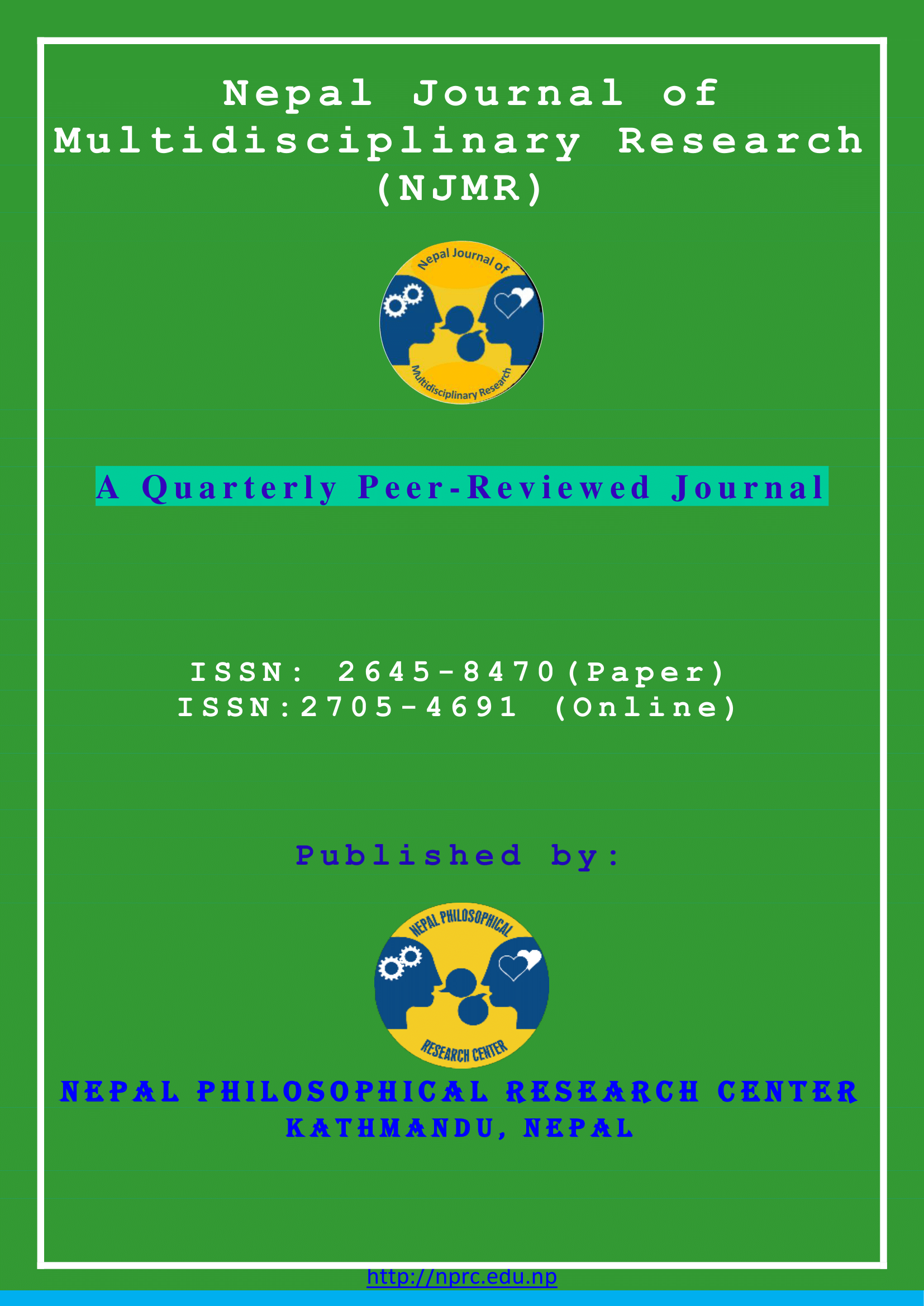Strategies to Stimulate the Economy of Contemporary Nepali Theatre
A case study to identify essential marketing model for Nepali Theatre
DOI:
https://doi.org/10.3126/njmr.v2i3.26974Keywords:
Contemporary Nepali Theatre, Marketing Mix, Service Sector, StrategiesAbstract
The contemporary Nepali theatre has stood at the crossroads at various junctures in time. Theatre institutions have frequently struggled for survival, primarily due to the inflating financial pressures and myopic strategic focus. For several of them, it has consequentially led them to complete shutdown. A gradually growing audience base hasn't been able to fully assure sustenance to the industry stakeholders. With such impending uncertainty hovering over the industry, theatre companies in Nepal are challenged to profitably sustain in the burgeoning entertainment industry. Sensing the imminent necessities, this paper introduces an interdisciplinary intervention by providing proven roadmaps for contemporary theatre players in Nepal. All of these strategies are derived and tailored from the domains of business and marketing. More specifically, the crux is fixated around the marketing mix model, devised by Neil Borden in the 1950s. Extracting pivotal arguments and findings from a variety of researches and studies conducted all around the world, the paper in hand attempts to synchronize conceptual underpinnings of the theories with pragmatic contexts of modern-day Nepali theatre. And before providing potential solutions, the author has also peeked into the existing economic landscape of contemporary Nepali theatre in order to identify the business related bottlenecks of the industry.
Downloads
Downloads
Published
How to Cite
Issue
Section
License
This license enables reusers to distribute, remix, adapt, and build upon the material in any medium or format for noncommercial purposes only, and only so long as attribution is given to the creator.




